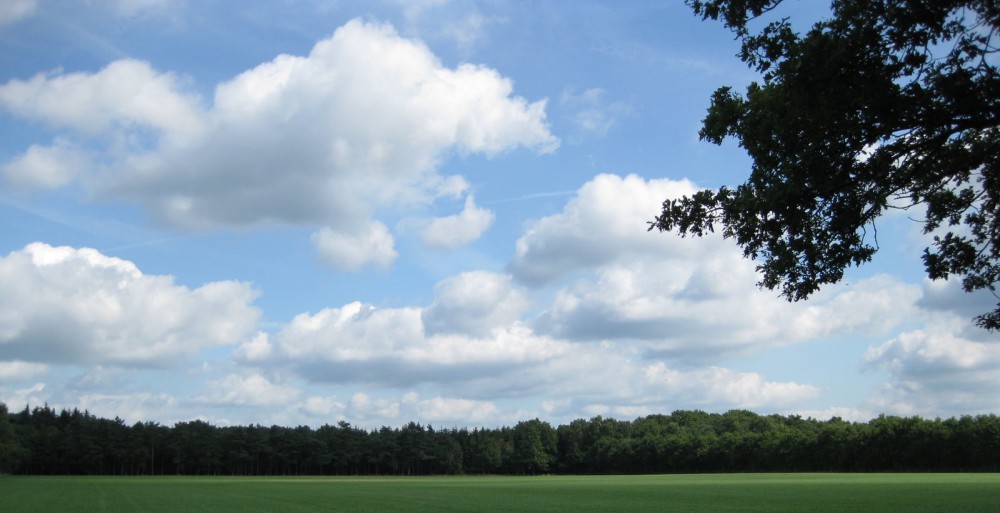[Advayavada Study Plan – week 27] Advayavada Buddhism does not tell you what to do or believe, but invites us all to make the very best of our own lives by attuning as best as possible, by means of the Noble Eightfold Path, with wondrous overall existence advancing over time now in its manifest direction; we seek to become a true part of the whole in this way and our reference standard is wondrous overall existence and not misguided and failing mankind.
In Advayavada Buddhism, the Noble Eightfold Path is fully personalized: it is firmly based on what we increasingly know about ourselves and our world, and trusting our own intentions, feelings and conscience. Adherence to the familiar five precepts (not to kill, not to steal, sexual restraint, not to lie, and refraining from alcohol and drugs), a well-considered understanding of the Buddha’s four noble truths and of the, in Advayavada Buddhism, four signs or marks or basic facts of being, suffice to start off and proceed on the Noble Eightfold Path at any time.
Evolution or, in human terms, our natural impulse or drive to thrive and progress, is recognized, in Advayavada Buddhism, as the fourth sign of being or caturtha lakshana (cf. conatus). To follow the personalized Noble Eightfold Path is our way of responding to it and when the Path is followed conscientiously, it becomes nothing less than the main karmic (and neuroplastic) factor in one’s life, i.e. in one’s fleeting share in the universal interdependent origination process (madhyamaka-pratityasamutpada) that brings forth wondrous overall existence.
The purpose of this autonomous and open-ended 13-week Advayavada Study Plan (ASP), which can conveniently be repeated four times in a calendar year, is that we study and debate in a local group, the family circle or with good friends the meaning and implications of the weekly subject, not as a formal and impersonal intellectual exercise, but in the context of whatever we ourselves are presently doing or are concerned with, or about, or affected by, such as our health, relationships, work, study, social environment and circumstances, etc.
The first preliminary subject of this third quarter of 2021 is again anicca (in Pali) or anitya (in Sanskrit), which means impermanent, changeable, unstable, transitory; it is traditionally considered the first of the three (in Advayavada Buddhism, four) signs or marks or basic facts of being (lakshanas). The Buddhist aniccata or anityata doctrine teaches that impermanence or changeability is the most fundamental property of everything existing. It lies at the very heart of the interdependent origination and emptiness of all things (see next week), and growth, progress and liberation, or indeed to become a true part of the whole, would not be possible without it.
Karma is, in Advayavada Buddhism, the aforementioned incessant universal process of interdependent origination (relativity, all-conditionality) of all things as it is undergone and experienced by sentient beings, our own individual share of it being the unique and everchanging knotlet of biopsychosocial (bps) events in which we are personally embedded (i.e. in which we participate and are subject to, as is particularly evident in these challenging times); these events include traditionally the consequences of one’s actions (the kamma niyama), the laws of heredity (the bija niyama), the environment (the utu niyama), the will of mind (the citta niyama) and Nature’s tendency to perfect, evolution, in human terms, progress (the dhamma niyama).
Please take care of yourself and others by following the official pandemic guidelines, particularly those concerning hand washing, social distancing and where and when to use a mask! Please be supportive of the vaccination programmes as they are rolled out; beware of false information about the vaccines and of conspiracy theories generally – herd immunity, also known as population immunity, is a must. Feel free to share this post: these systematic teachings are beneficial for anyone and those interested can follow this weekly ASP themselves on, for instance, advayavadabuddhism dot org and/or by joining our research network on Facebook. Our recently updated website advayavada dot org contains comprehensive information about the Advayavada understanding of Buddhism and has a handy search box at the bottom of each page.
